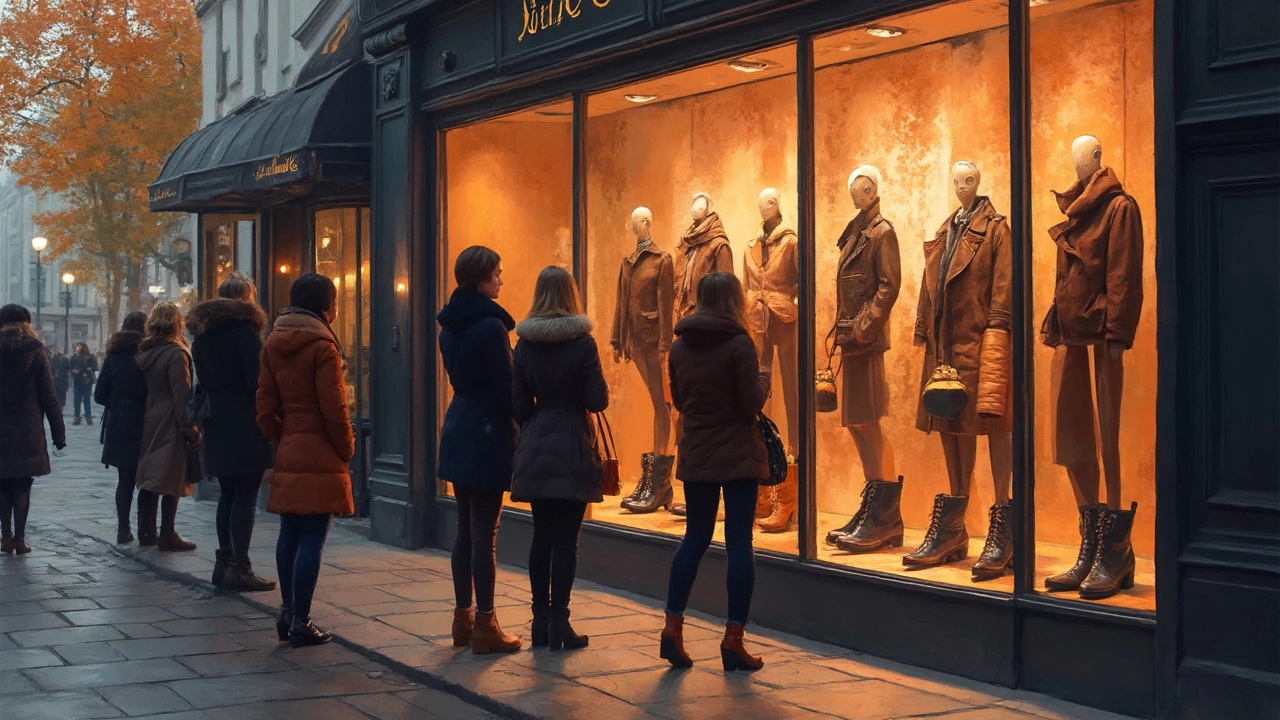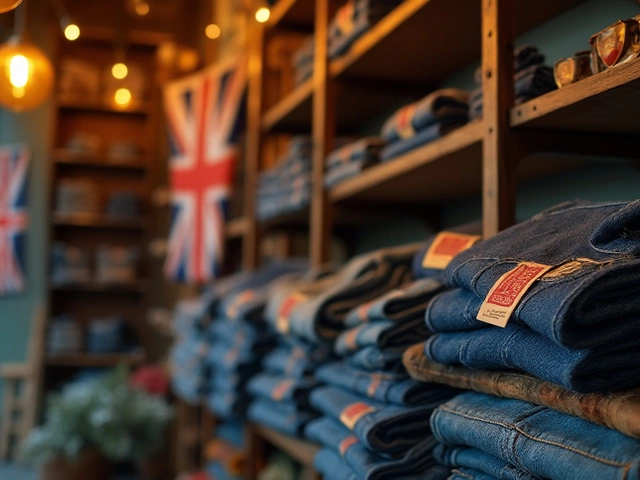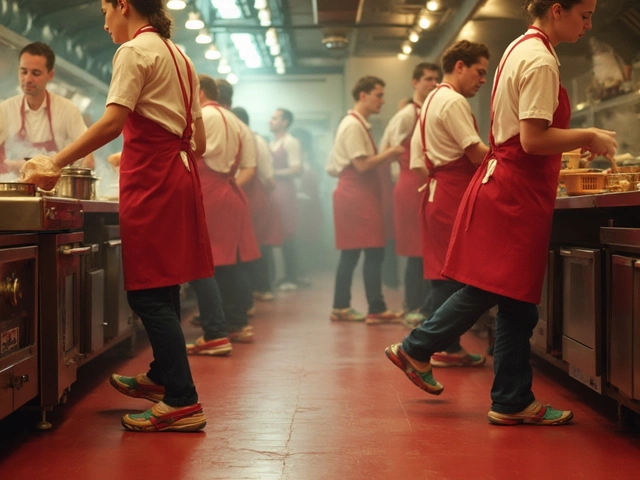Birth of Boots: How Handmade Footwear Got Its Groove
If you’ve ever wondered why a pair of boots feels so different from a sneaker, the answer starts with history. Boots began as practical armor for feet, then turned into style statements. Today, a handmade boot from a local designer still carries that mix of function and flair.
Where Boots Came From
Long before fashion shows, people in cold regions stitched thick leather around their legs to keep snow out. Early warriors used hobnails for grip, while farmers added extra layers for durability. Those rugged roots gave us the basic boot shape: a tall shaft, a sturdy sole, and a protective toe.
By the Middle Ages, boots became a sign of status. Rich merchants bought leather that was soft yet strong, and they added decorative stitching. The design didn’t change much – tall, closed, and built to last – but the look started to matter.
How Handmade Boots Are Made Today
Modern artisans follow many of the same steps as their ancestors, just with better tools. First, they pick quality leather – full‑grain hides are favorite because they age well. Then they cut the pieces for the upper, the lining, and the sole.
Stitching is the heart of the process. Hand‑sewn seams let the maker control tension and add decorative details. After the upper is built, it’s pressed onto the sole, which can be rubber, leather, or a mix. Final touches include polishing, waterproofing, and a quick break‑in.
If you’re shopping for a handmade pair, look for these signs: clean stitching, even grain, and a leather smell that isn’t too chemical. A good maker will also offer a modest warranty and clear care instructions.
Choosing the right boot depends on what you’ll use it for. For farm work, sturdy leather with a thick sole wins. For city wear, softer leather and a slimmer profile feel better. And if you just love the look, go for a design that matches your style – ankle, mid‑cuff, or knee‑high.
Taking care of boots is easy. Wipe off mud, use a leather conditioner every few months, and let them dry naturally – never near a heater. A quick brush keeps the grain looking fresh, and a waterproof spray adds protection for rainy days.
When you slip on a pair of handmade boots, you’re wearing a piece of history that’s still being refined. From cold‑weather soldiers to today’s fashion lovers, the boot’s journey shows how practical design can become iconic style. So next time you shop, think about the story behind the stitch and give a boot the respect it earned over centuries.

What Does It Mean to Be Birthed in Women's Boots?
Ever wondered what 'birthed' means when it comes to women's boots? This article breaks down how the term applies to the history and evolution of boot styles. You'll get a look at how a boot trend starts, what experts mean by a 'birthed' style, and tips for spotting a true original. If you like staying ahead on fashion or just love a good boot story, you’ll want to keep reading.




